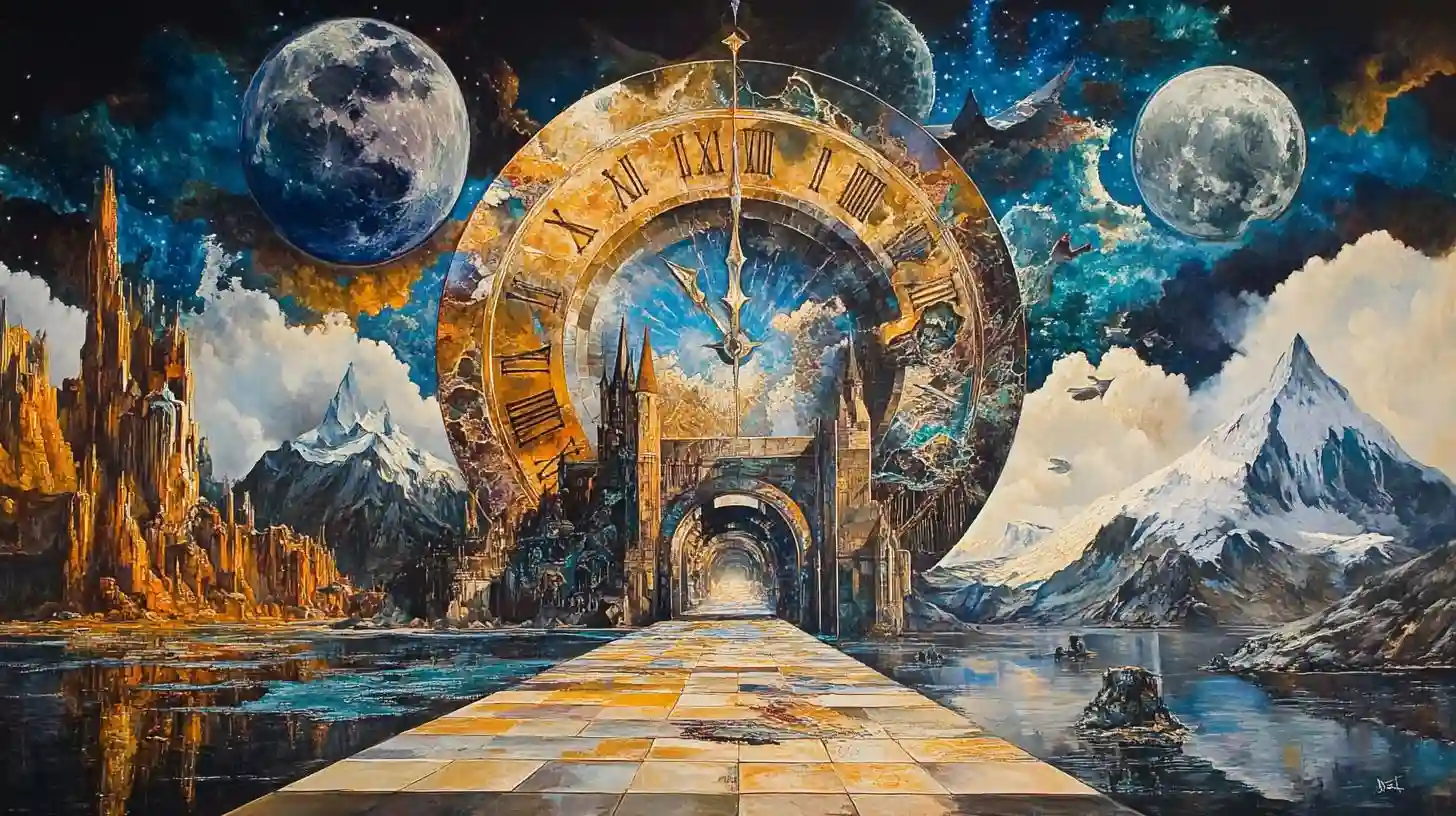
Creating a stunning mural is a rewarding endeavor that allows for both personal expression and community engagement. This transformative art form can turn a dull wall into a vibrant canvas filled with imagination and creativity. The journey to crafting an impressive mural can seem daunting, but with the right strategies, preparation, and techniques, anyone can learn the art of mural painting.
Before diving into the painting process, it is essential to have a clear vision. Spend time conceptualizing the design and theme. Consider the emotions you wish to convey and the message you want to share. Sketching out ideas helps in refining the concept. Whether the design is whimsical, abstract, or meaningful, having a solid plan will guide the entire process.
Choosing the right location for your mural is another critical factor. Consider visibility and accessibility. An ideal location not only showcases the artwork but also engages the audience. Once the site is determined, ensure that the surface is suitable for painting. Walls that are cracked or dirty may require cleaning or repairs before starting your masterpiece. A moisture-free environment is necessary to prevent the paint from peeling over time.
After finalizing the design and preparing the wall, gather all the necessary materials. Selecting high-quality paints is vital. Acrylic paints are popular for murals because they are durable, weather-resistant, and available in a wide range of colors. Additionally, consider using spray paints for intricate details or larger areas. Brushes, rollers, and sponges are essential tools that can help create different textures and effects in the mural. For exceptional results, do not hesitate to invest in good brushes and other supplies.
Once all the materials are ready, it is time to transfer the design to the wall. Many artists utilize a grid method to achieve accurate proportions. By drawing a grid on the sketch and a corresponding grid on the wall, you can replicate your design accurately. Some artists prefer using a projector, which allows them to cast their design onto the wall, making it easier to trace. This technique is particularly useful for complex designs that require precision.
Now that the design is in place, it is essential to lay down the background colors first. Choosing a base color that complements the overall design can enhance the mural's visual impact. Applying paint in sections, working from the top down, helps prevent drips and allows for smooth transitions between colors. Layering colors can add depth to the mural, so do not hesitate to play around with different shades and techniques as you progress.
Once the background dries, you can begin focusing on the details and outlines. Using smaller brushes or fine-tipped markers allows for precision in intricate designs. Creating contrast helps in emphasizing different elements within the mural. Shadows and highlights breathe life into your artwork, making it visually compelling. Patience is critical during this stage, as rushing can lead to mistakes or uneven coverage.
As the mural takes shape, step back periodically to assess the overall composition. Viewing the work from a distance helps to ensure that the mural's elements harmonize with each other. Making adjustments and corrections as you go can save time later. Collaboration can also be beneficial; inviting friends or community members to participate not only adds diversity to the output but can also create a lively atmosphere.
Protecting the mural after completion is crucial for its longevity. Once the paint is fully dry, consider applying a clear varnish or sealer, especially if the mural is exposed to outdoor elements. This protective layer helps prevent fading and damage, ensuring that your artistic vision remains intact for years to come.
Engaging with the community about the mural can also enhance its impact. Hosting an unveiling event invites others to appreciate the art and understand its significance. Sharing the story behind the mural, the processes involved, and the inspiration can foster a sense of connection, transforming a simple painting into a communal celebration.
Throughout this creative journey, remember that the mural reflects the artist’s vision. Embrace the unique aspects of your personal style, and don’t be afraid to experiment. Every mistake can lead to a happy accident that adds character to your work. With dedication, creativity, and the right techniques, you can unlock the secrets to painting a mural that captivates and inspires all who see it.